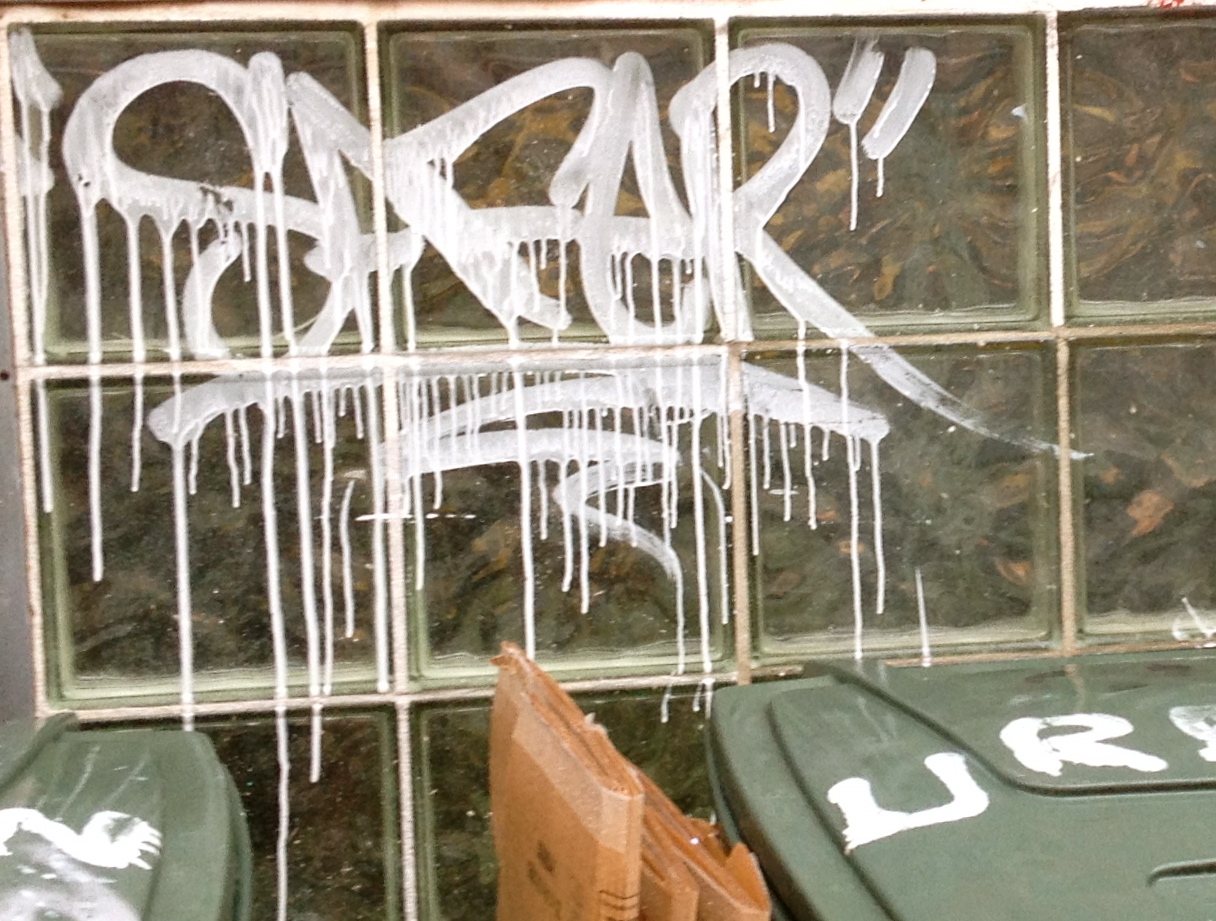The Changing Nature of Graffiti and Street Art

Dr. Jeffrey Ian Ross, a Professor of Criminology at the University of Baltimore, and author, co-author, editor and co-editor of several books revolving around the subject has recently turned his attention to street crime and urban incivility in the Washington DC metro area. During the past three years, Ross has examined what makes certain parts of the city more or less accessible, interesting and worthy of exploration. In Ross’s class “Graffiti and Street Art” at University of Baltimore, he defines what graffiti and street art is, its history, and the differing forms that interest him. Ross’ students emerge from his class with a deeper understanding of graffiti, street art, murals, culture jamming, and adbusting. Ross teaches that amongst graffiti writers and street artists, there is a pecking order. More attention and respect is given to those who are more skilled and can place their “tags” or “pieces” (short form for masterpieces) in more difficult to access places. That is why it is common to see these tags on the side of the metro tracks or on the sides of tall buildings. Traditionally the public has associated graffiti and street art with dangerous neighborhoods. Although this may have been more or less true at one point, Ross thinks this trend has changed.

Currently Mid-Atlantic gang use of graffiti has decreased and instead artistic elements have been revived. Washington DC has developed a rich graffiti subculture for a variety of reasons. Namely, the city provides an excess of available spaces appropriate for graffiti. “Back alleys, underpasses, construction sites, places where graffiti and street art will be viewed are all fair game,” exemplifies Ross. In DC there is a lot of perceived to be ‘boring’ concrete structures that convey a kind of clinical feel. These places are prime targets for graffiti and street art.”
Additionally, DC is home to a number of respected art schools and creative neighborhoods that seem to be a magnet for visually creative individuals and numerous kinds of visual expression. “The city holds a large population of people willing to do this kind of activity,” Ross states.
This results in a very vibrant DC graffiti and street art culture, similar to those of Philadelphia, New York and Los Angeles. Graffiti and street art manifests itself within the city, providing different vibes with separate neighborhoods. “It’s a different experience to encounter, for example, tags of groups in Columbia Heights versus sanctioned murals on U Street.” Ross explains that different neighborhoods possess a greater acceptance of graffiti and street art than others. “In neighborhoods such as Adams Morgan, 14th Street, H Street, U Street, graffiti and street art creates a hip ethos,” comments Ross.

However, the presence of street art in Georgetown is very different. Although Georgetown exudes a more established culture, that is less conducive to graffiti and street art, some Georgetown retailers have caught on to the prevalence of graffiti in the city, and frequently incorporate many elements in their store displays and windows. This can be seen currently in DIESEL’s window display featuring a large sticker of graffiti writing.

A great source of graffiti in Georgetown can be found on the remnants of the Aqueduct Bridge along the C & O Canal. Colloquially referred to as “The Cliff,” this bridge was partially demolished in 1933, however it still possesses a significant canvas for prospective graffiti writers. Occasionally public works crews or contractors paint over the graffiti in white paint. This, according to Ross, further encourages graffiti and street artists to use these surfaces. “Eradication or abatement can actually lead to an increase in graffiti,” explains Ross, illustrating how this tactic may not be the most effective for graffiti abatement.
The future of graffiti and street art is unclear, however Ross emphasizes that special attention should be paid to the “post graffiti movement”. This includes a vast transition in which graffiti and street art is moving to galleries and gaining more respect by the modern art community. The whole idea is changing from an outlawed activity to a more acceptable movement, perhaps not in the streets but in the galleries.
Banksy, famed Bristol (England) graffiti and street artist, has gained great fame all over the world, providing works of art that are perceived to be cultural statements rather than acts of vandalism, says Dr. Ross. Ross predicts that like Banksy, many graffiti and street artists will gain this level of fame and respect in Washington DC in the coming years.





